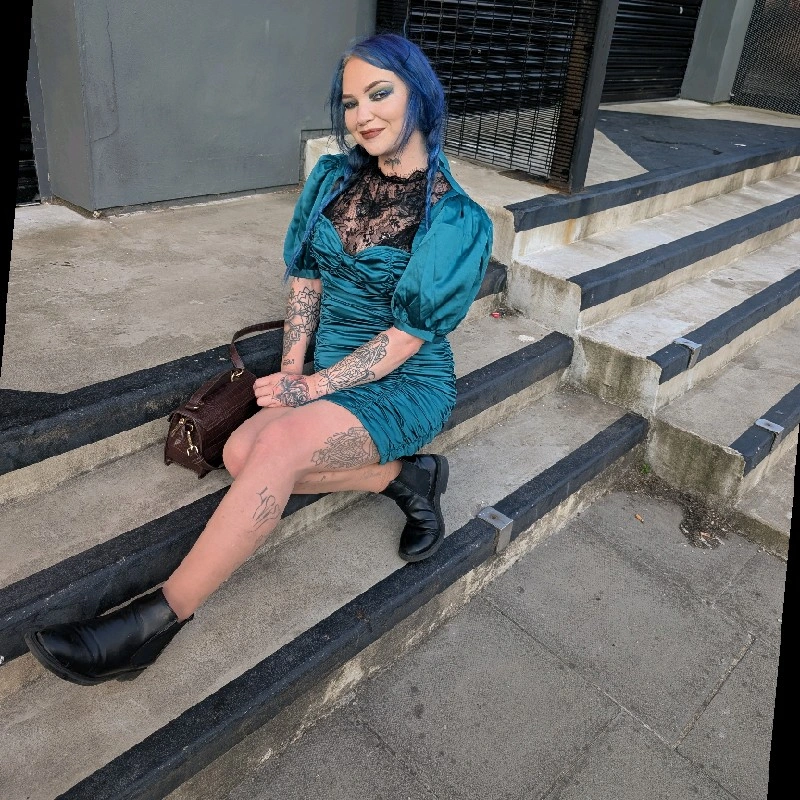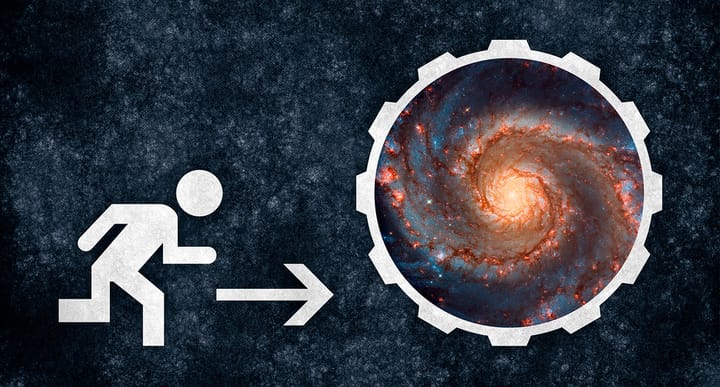Love, Borderline Personality Disorder and The Space Between
Love under BPD feels electric and unstable. Intense highs collapse into despair without warning. Yet in naming the chaos, the author finds hope, understanding, and connection.

Love is already such a complex emotion — but add Borderline Personality Disorder into the mix, and it becomes something else entirely. It’s not just complicated anymore. It’s intense, chaotic, consuming, and often heartbreaking.
One day, you’re madly in love, filled with warmth and idealisation, placing your partner high on a pedestal. The next day — or even the next hour — it can flip. That same person becomes unbearable. Untrustworthy. You feel nothing but frustration or rage. And then sometimes… nothing at all.
For those unfamiliar, BPD (Borderline Personality Disorder) is a mental health condition often rooted in early trauma. It's defined by intense emotional instability, overwhelming feelings of emptiness, a profound fear of abandonment, struggles with identity, impulsivity, self-harming behaviours, and often deeply turbulent relationships.
What’s it like to live with that kind of emotional swing? Imagine being in love one minute, sobbing in despair the next, feeling like you no longer want to be alive, and dancing with joy shortly after — usually without any significant trigger. Sometimes it’s a single word, a shift in tone, or even just a look.
And that’s the thing. Many people with BPD are incredibly sensitive to subtle emotional cues. It’s like we have emotional radar instilled in us p— we feel what others feel, often before they speak. We pick up on everything. Some call it a superpower. Others a curse. Honestly? It feels like both.
This hypersensitivity can be overwhelming, especially in close relationships. We tend to see people in extremes — all good or all bad. That "black-and-white thinking" can cause us to swing between idolising and devaluing others, sometimes in the span of a single conversation.
Living with BPD can be painfully lonely. Misunderstood. For a long time, the condition was labelled as “untreatable.” We were called manipulative, dangerous, unstable — and worse. But things are changing. Slowly but surely, awareness is growing. The stigma is shrinking. More people are starting to understand that BPD is not a character flaw — it’s a deeply rooted psychological condition.
There are treatments that help. Dialectical Behaviour Therapy (DBT) has been proven to be one of the most effective, along with Cognitive Behavioural Therapy (CBT) and, in some cases, medication.
Personally, I’ve tried a long list of medications over the years. Most didn’t work. But one finally did. Even more helpful, though, has been learning to recognise my triggers, understanding how BPD works, and slowly building healthier coping mechanisms.
Therapy didn’t help me much when I was younger. But I have since revisited. And now? I use those skills every day. Life hasn’t magically become easy — but it’s definitely more manageable. Less terrifying.
Surprisingly, many people still confuse BPD with bipolar disorder. While they share some overlapping features, they’re not the same thing. Raising awareness — through writing, talking, and simply sharing — matters. The more we speak, the more others understand.
So if you’re reading this and you have BPD — or love someone who does — please know:
You are not alone.
There is help.
And there is hope.
I wrote this not just to process my own experience, but to help shed light on what BPD really feels like from the inside. If any of this resonates with you — whether you relate personally or are just curious to learn more — feel free to reach out, respond, or share your thoughts. Let’s keep talking about mental health, relationships, and the very real struggles behind the labels.
About the Author: Emma Wharton

Emma Nicole Wharton is a singer-songwriter, musician, and events coordinator with a passion for storytelling through both words and music. She uses her creative voice to shed light on mental health, relationships, and the complexities of human emotion, hoping to inspire connection and understanding.
Written by 𝓔𝓶𝓶𝓪 𝓝𝓲𝓬𝓸𝓵𝓮 𝓦𝓱𝓪𝓻𝓽𝓸𝓷



Comments ()